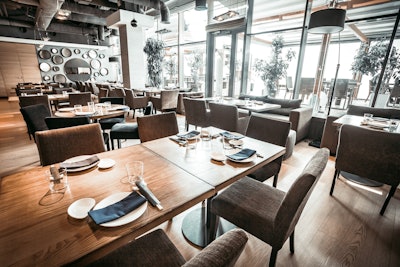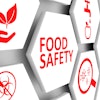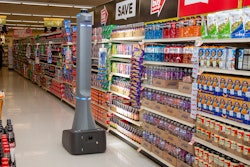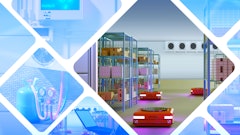
By the time food arrives on your table or in a to-go bag at a restaurant, it has already been through a long journey to get there, whether from a farm or facility. That journey causes a lot of challenges in ensuring food safety is met. Despite those challenges, it is critical that this is taken seriously given roughly 600 million people – almost one in 10 individuals in the world – fall ill after eating contaminated food and 420,000 die every year, according to the World Health Organization. Luckily, technology such as Internet of Things (IoT)-enabled sensors, can help.
From identifying operational deficiencies to protecting the overall brand of an organization, there are certain precautions restaurants are taking to ensure food quality is never called into question.
In order to deliver fresh food, it is imperative that perishables are cared for properly throughout the entirety of the food supply chain, from the growth of the crops on a farm all the way to the restaurant’s front door. With long-range, low-power wireless IoT technology, farmers can gain insights into a number of variables that may impact the growth of their crops, such as soil conditions, humidity and pH levels. If they notice an especially high pH, for example, they can immediately address the issue and provide the crop with the proper conditions or nutrients it needs to grow. By having this information, farmers can make real-time decisions to optimize crop growth and ultimately produce a higher yield.
In order for food to safely arrive at restaurants, it must be kept in a controlled environment during its journey from the farm or warehouse. Maintaining the optimal temperature of refrigerated shipping units or storage facilities is an essential factor, as bacterial growth can increase with the slightest temperature shift, which can be caused by something as minor as simply opening the refrigerator door. Typically, employees are tasked with managing this. However, having workers in charge of this process can lead to inefficient temperature monitoring, especially as the amount of supply chain workers in a facility at once has to be significantly limited to prevent the spread of the Coronavirus disease (COVID-19). To reduce food waste and contamination, IoT sensors deployed throughout these facilities can eliminate human error, and notify supply chain workers in real-time when temperatures become unsafe.
Not only can these sensors be helpful within these facilities, but they can also monitor the temperature of refrigerated shipping units while in transit. Low power, long range IoT-enabled sensors have indoor and outdoor tracking capabilities, so the temperature of the food can easily be monitored as it is being delivered. If the refrigerators are not at the appropriate temperature, these sensors can notify employees in real-time so that they can quickly adjust prior to delivery.
In fact, as various international food handling and food safety laws have been put in place to reduce the risk of foodborne illness, a major requirement of most “farm-to-fork” regulations is the ability to track, report and maintain appropriate temperature conditions inside refrigeration and freezer units. As a result, many restaurants, including a five-star restaurant in Dubai, are deploying smart refrigeration solutions into its kitchens and refrigerators. Leveraging wireless gateway and sensor technology that operates over a long range using low power, the restaurant now can monitor the temperature data of food in real time as it moves throughout the kitchen. These sensors are capable of penetrating stainless-steel doors and concrete walls and can monitor temperatures in refrigerators and freezers. As a result, these IoT-enabled temperature sensors eliminate human error.
This type of technology isn’t just used in traditional restaurants. A Switzerland-based food retailer is leveraging an IoT-based solution that combines sensor technology with artificial intelligence algorithms to remotely detect the core temperature of refrigerated food items in retail stores. These sensors can be quickly installed, utilizing a magnet to attach to a refrigerator’s infrastructure. They monitor temperature in real time, are accurate to 1°C and can be pre-programmed to adjust refrigerator temperatures to ensure that food is stored in a safe environment. By having access to real-time data, food retailers have been able to prolong shelf life, eliminate human error and increase energy savings.
Ensuring food safety is not as easy as it seems. However, with technology, restaurants and retailers can rest assured that they are delivering high-quality, fresh food and customers can feel confident that they will leave their dining experience feeling healthy and satisfied. Tools like these temperature sensors empower organizations to identify operational deficiencies and reduce overall food safety risk, to maintain a strong reputation in the competitive culinary industry.




















